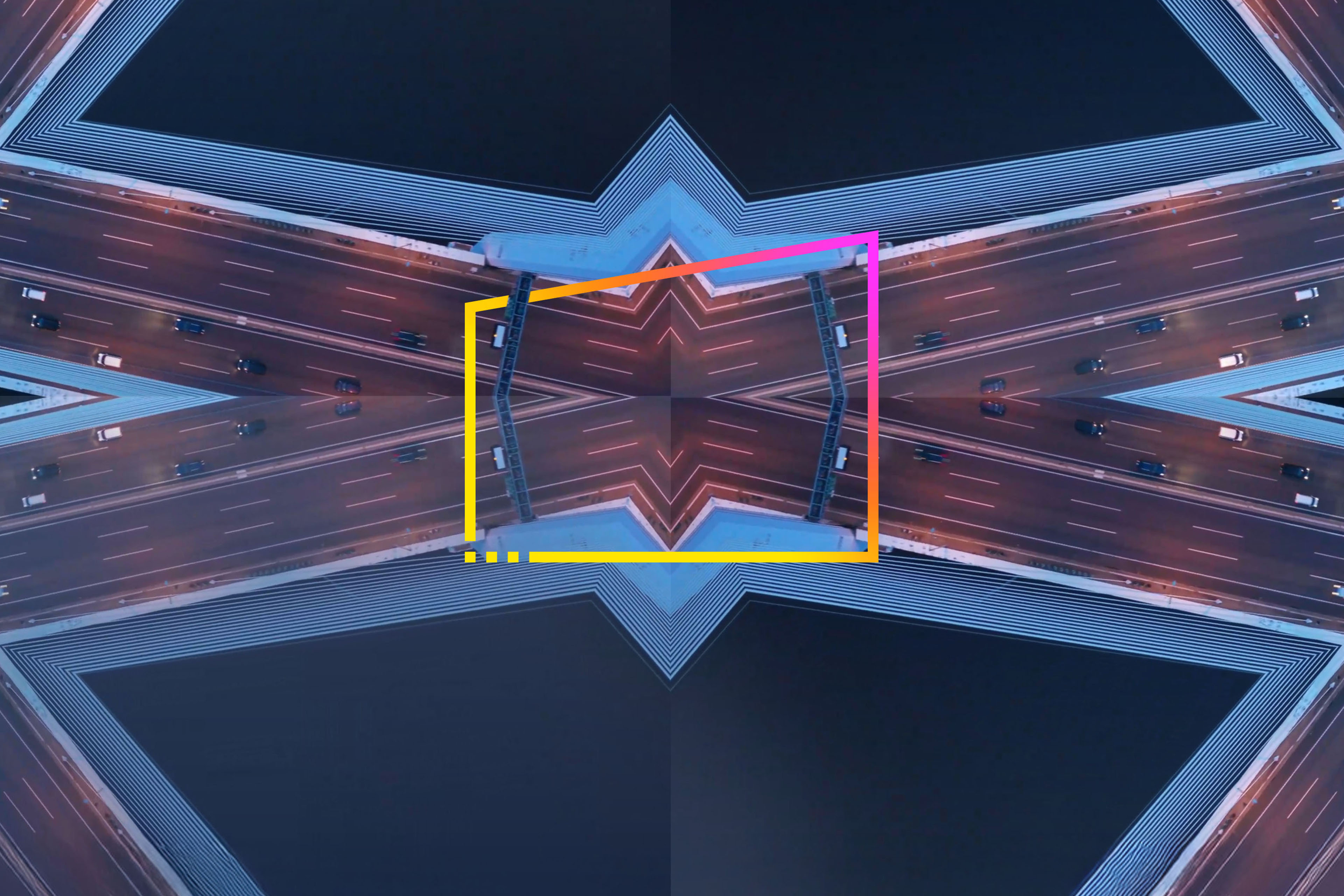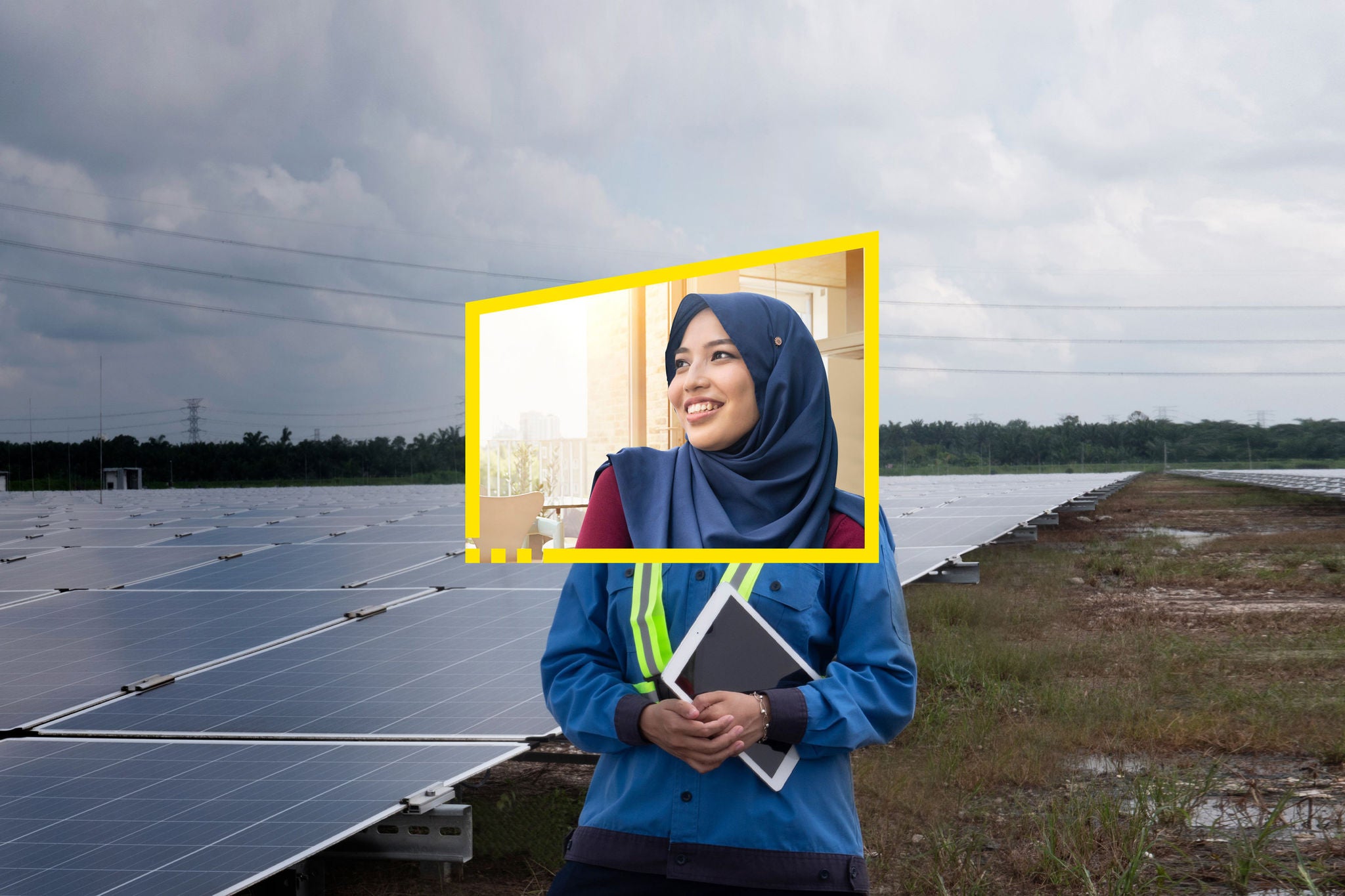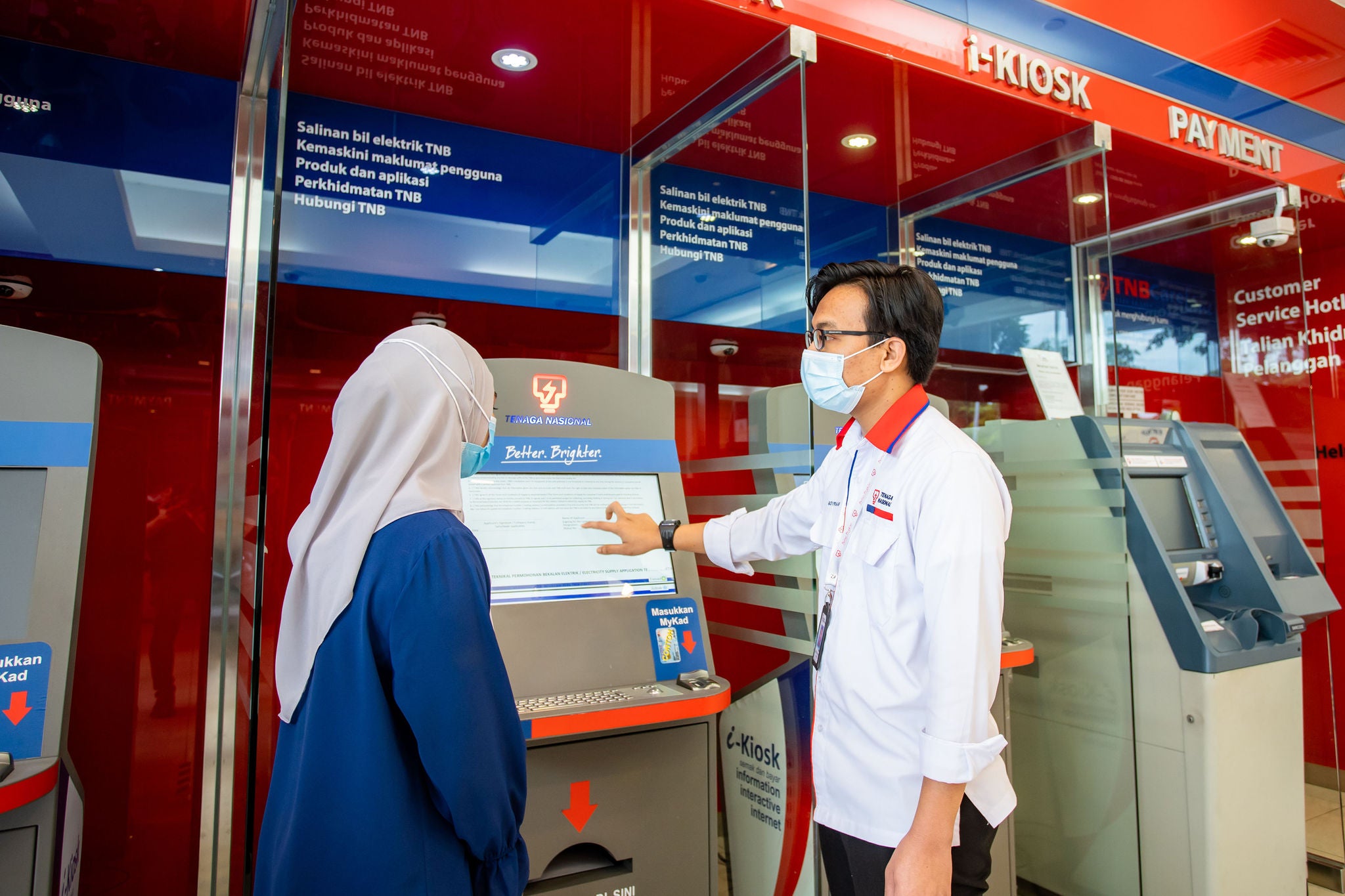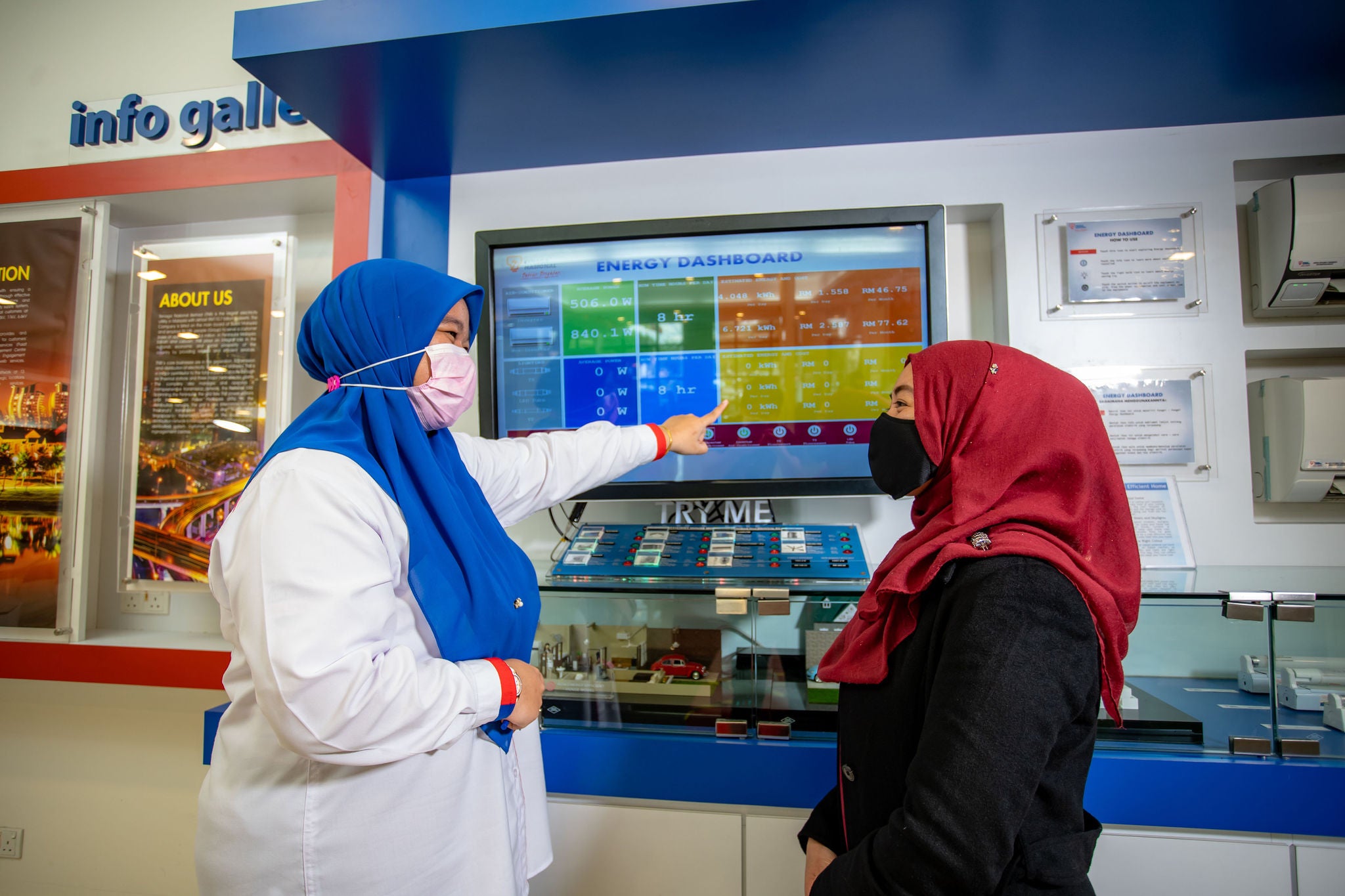EY refers to the global organization, and may refer to one or more, of the member firms of Ernst & Young Global Limited, each of which is a separate legal entity. Ernst & Young Global Limited, a UK company limited by guarantee, does not provide services to clients.
How EY can help
-
EY Studio+ helps organizations build differentiated experiences that adapt with customers and drive sustainable long-term value. Read more on studio.ey.com.
Read more
Recognizing the need for change: Restructuring TNB Retail
Following this analysis, TNB decided to restructure its retail arm (TNB Retail), which would enable the business to focus on better engaging with its customers, develop new digital solutions, become more agile, and support the delivery of its big renewables ambition.
To do so successfully, TNB Retail decided to work with a partner on this transformation journey. TNB Retail began to seek an external partner to not only help it deliver its objectives at speed, but to provide a critical external perspective, and the competences to help the organization enhance its internal capabilities.
Following discussions with the local Malaysian EY team and a visit to meet some EY Power and Utilities clients and professionals based in the UK, TNB Retail chose EY as its transformation partner. As TNB’s Chief Retail Officer, Datuk Ir. Megat Jalaluddin Megat Hassan, explains, “We learned that the EY organization has a strong professional team in the utility sector with experiences in working with the top European utilities. We knew they would understand our challenges since we could speak the same language. We really wanted a partner who would share in-depth insights into developing a practical operating model for the Malaysian market, and work with us to co-create the best solution for TNB Retail, our people and our customers.”
Other factors in the decision included a commitment to bring global capabilities and experience to TNB, including the transfer of people to EY ASEAN to build a dedicated local Power and Utilities team, along with an ability to collaborate with other energy companies in the transformation of the retail business.
As a joint transformation team, TNB Retail and EY focused on three immediate priorities:
- Humans at center: Create a customer-led retail business and structure, while transforming TNB Retail employees into an agile-driven workforce and providing employees the opportunities and skills needed to make the business more customer-centric going forward.
- Innovation at scale: Create a retail business, structure and culture which enabled customers to better understand and manage their energy usage.
- Technology at speed: Establish a solutions business based on data to drive CX-led innovation and new business models in adjacent markets including electric vehicle (EV), solar, and connected homes.









